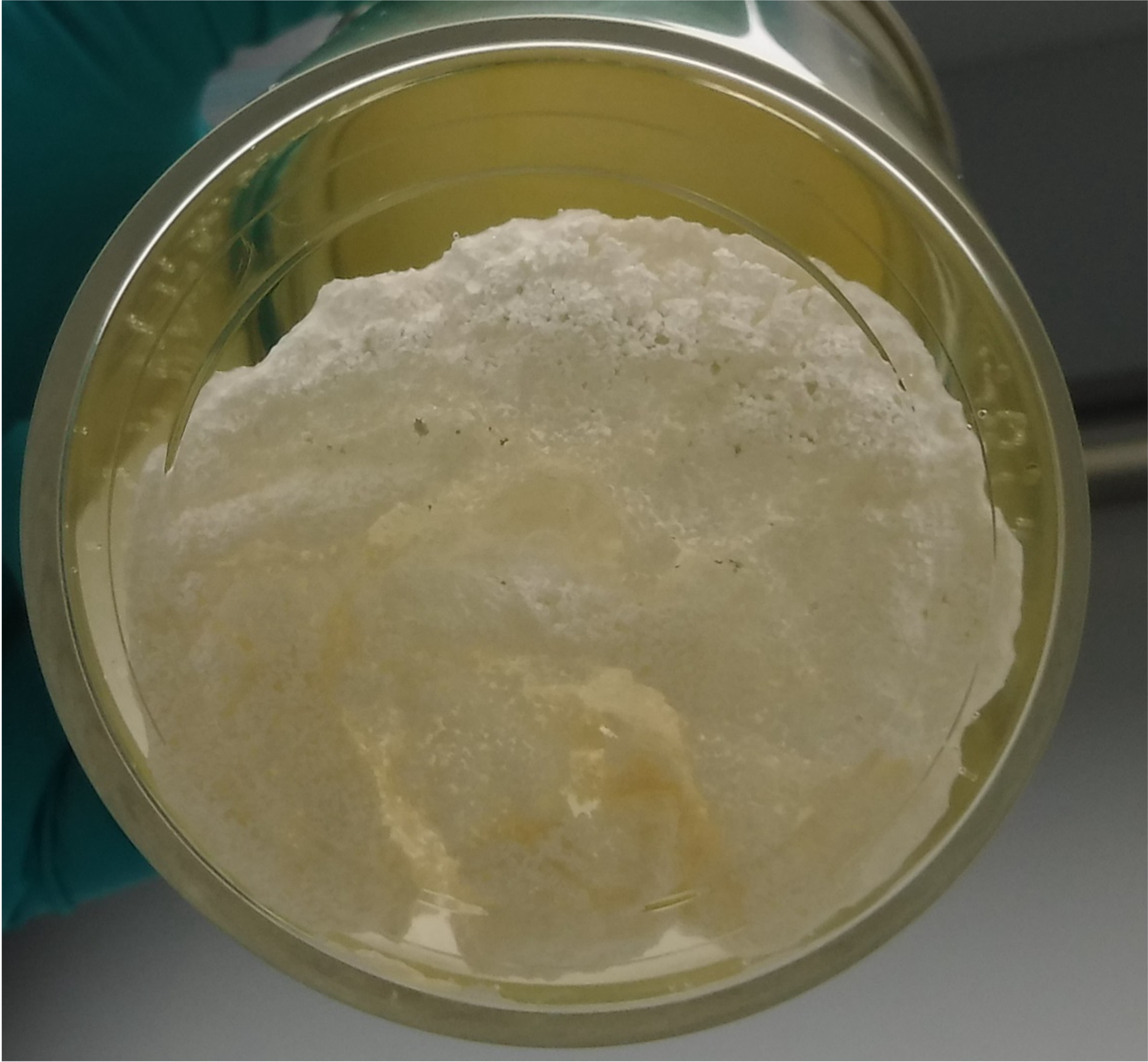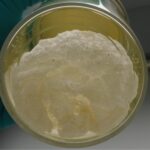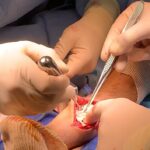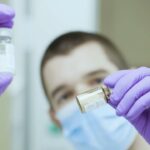Share this post:

No refractures were reported during long-term follow-up at five years
At 24-months post-implantation, 89% of patients achieved bone union
Novadip plans market launch of NVD003 in 2027
Mont Saint-Guibert, Belgium, April 29, 2025 – Novadip Biosciences, a late-stage clinical biotechnology company specializing in regenerative medicine, today announces the five-year follow-up results from the Phase 1/2 clinical trial of its investigational tissue regeneration product, NVD003, in adult patients with severe bone non-union (BNU) of the lower limb, following trauma.
The five-year safety and efficacy data demonstrates that NVD003 readily osteointegrates, and is not subject to resorption, thus promoting durable bone union, even under the challenging conditions of compromised bone healing.
“These five-year follow-up results represent another major milestone in our NDV003 lead program,” said Denis Dufrane, MD, PhD, CEO of Novadip. “Being able to demonstrate the durability of NVD003 through the absence of refractures, so many years after graft implantation, is a tremendous step for us and the patients, paving the way for better and longer-term healing.”
NVD003-CLN01 was a first-in-human, multicenter, single-arm study designed to evaluate the safety and preliminary efficacy of NVD003, an autologous tissue engineered product generated from the patients’ own adipose stem cells to treat recalcitrant lower limb non-union in adults (NCT06335394). Following completion of the 24-month follow-up post-graft surgery, patients were invited to enroll in the ‘long-term follow-up’ (LTFU) phase, with yearly safety assessments.
A total of nine patients (four males and five females), with an average age of 52 years (21 to 74), were recruited across five sites in Belgium and Luxembourg, and grafted with NVD003. All active participants who entered the LTFU have completed the five years of follow-up.
The targeted bone defects included four tibial and five femoral traumatic fractures. A high heterogeneity was observed in the patients’ primary fracture characteristics (six closed and three open wounds; six high and three low velocity impact) as well as in their surgical history, with an average of five previous interventions conducted to achieve bone union.
At 24-months post-implantation of NVD003, eight of the nine patients (89%) had achieved bone union and no refractures have been reported during the LTFU at five years. In addition, no adverse event has been judged as being related to NVD003 by any of the study investigators.
“We’re excited to see the long-term efficacy of NVD003 in this adult population. This study was primarily intended to generate safety data in adults prior to initiating pediatric clinical development for the treatment of congenital pseudarthrosis of the tibia, a rare condition affecting children,” said Judy Ashworth, MD, chief medical officer at Novadip. “It is very satisfying to know that we were able to help the vast majority of these patients finally heal their traumatic fractures.”
At the end of 2022, Novadip announced positive data from this phase 1/2 clinical trial with a total of eight patients (89%) presenting clinical healing during the two-year follow-up post-surgery.
Supported by the results from this study as well as the preliminary 12-month data from the pilot trial in children with congenital pseudarthrosis of the tibia (NCT05693558), a pivotal phase 3 trial in CPT with sites in the US and Europe is in its study set-up phase, targeting the opening of the first site in June 2025.
About bone non-union
The US Food and Drug Administration defines non-union as a fracture that is at least nine months old and has not shown any signs of healing for three consecutive months despite surgical intervention. The risk of bone non-union following fracture is greater than 50% across all bones, due to fracture severity, co-morbidities (diabetes, obesity, smoking and other conditions) and medication use.
About NVD003
NVD003 is a three-dimensional (3D) osteogenic graft derived from autologous adipose derived mesenchymal stem cells (ASCs) combined with hydroxyapatite/beta-tricalcium phosphate (HA/TCP) particles. NVD003 was specifically developed to improve bone healing in severe pathophysiological conditions (e.g. hypoxia, lack of mineralized callus formation, bone resorption and low osteogenicity) as found in congenital pseudarthosis, bone tumors (after an extensive surgical resection), osteolytic syndromes like Gorham-Stout disease, genetic bone resorption syndromes with osteoporosis as found in Hajdu-Cheney syndrome and following severe trauma (casualties of war).
NVD003 aims to be on the market in 2027 and has a potential peak sales of $1.4bn for large bone defects in pediatric and adult patients. (Source: Evaluate analysis)
About Novadip Biosciences
Novadip is a late-stage clinical biotech company aiming at advancing the standard of care for patients undergoing bone and tissue regenerative treatment.
Based on the scientific discoveries of founder Prof. Dr. Denis Dufrane, MD, PhD, and research from UCLouvain and St. Luc University Hospital, the company is developing its unique 3M³ tissue regeneration technology platform, designed to create a new class of regenerative tissue products that accelerate the healing of large bone defects, bone non-union and spine fusion in a single treatment, for patients with limited or no treatment options.
Novadip’s pipeline includes two lead products: NVD003, an autologous cell-based therapy currently in phase 1b/2a clinical trials in adults with bone non-union, and pediatric congenital pseudarthrosis of the tibia; and NVDX3, an allogenic bone grafting material currently in phase 1b/2a trials in trauma surgery and lumbar intervertebral spine fusion. Novadip is ready to start two phase 3 trials for NVD003 in the US and EU, and the FDA has granted approval to start a phase 2b/3 IND (Investigational New Drug) trial with NVDX3 in level two cervical spine fusion.
Founded in 2013 in Belgium, Novadip employs 45 staff. Since inception, it has raised
€88 million in equity and non-dilutive funding. The company targets a total addressable market of $13.5 billion (€13.06bn).
To download documents, you can right-click on the links above and chose « Save link as… »




